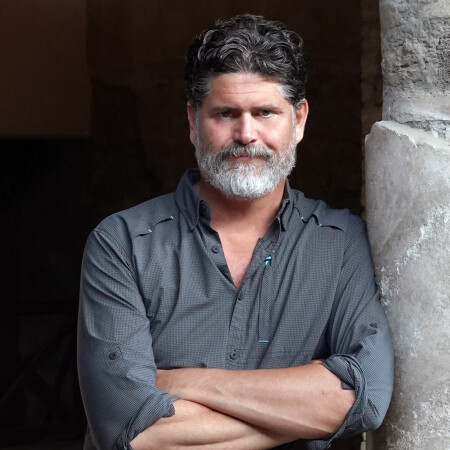Ph.D - Art History
University of Texas at Austin, - 2001
Professional Preparation
M.A. - Art history
SMU - 1994
SMU - 1994
B.A. - Art History
Duke University - 1989
Duke University - 1989
Research Areas
Roman Art and Architecture, Roman Villas, Ancient Pompeii and the Bay of Naples, Topography of Ancient Rome, the Ancient City, Archaeology of Ancient Etruria, Historical Preservation and the Digital Humanities, Production and Trade of Wine in the Roman World, Roman Numismatics
Additional Information
Bio
Michael L. Thomas is an Associate Provost, Director of the Edith O’Donnell Institute of Art History, and a Professor of Arts and Humanities at UT Dallas. He holds the Richard R. Brettell Distinguished University Chair. Thomas received his Ph.D. from University of Texas at Austin, where he served as the Director of the Center for the Study of Ancient Italy from 2011 to 2019. He also has taught at SMU, the University of Michigan, and Tufts University.He has excavated in Italy for over 25 years where he co-directs two projects: the ongoing Oplontis Project in Torre Annunziata and the Mugello Valley Archaeological Project which is now in publications phase. A collaborative and interdisciplinary project between UT Dallas and UT Austin, the Oplontis Project is a leader in the implementation and utilization of Digital Humanities.
Thomas’ publications include articles in the Journal of Roman Archaeology, American Journal of Numismatics, Etruscan Studies, and The Memoirs of the American Academy in Rome, among others. He co-edited Monumentality in Etruscan and Early Roman Architecture: Ideology and Innovation and he is co-editor and author of the forthcoming Volume III of the Oplontis Project’s publication on the architecture and excavation of Villa A.
His teaching and research focus on Roman Art and Etruscan Art and Architecture, Roman Villas, Ancient Pompeii and the Bay of Naples, Topography of Ancient Rome, the Ancient City, Historical Preservation and the Digital Humanities, Production and Trade of Wine in the Roman World, and Roman Numismatics.
